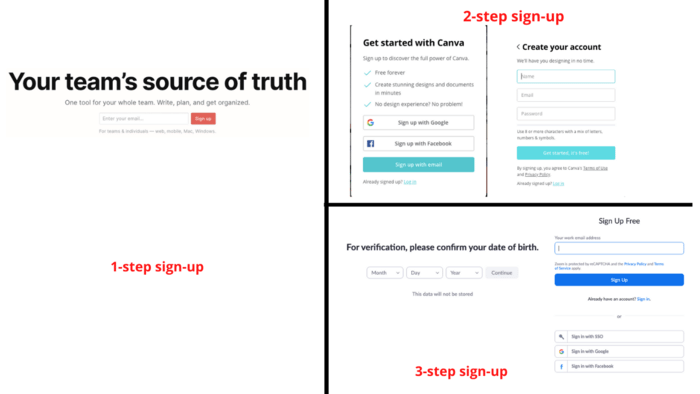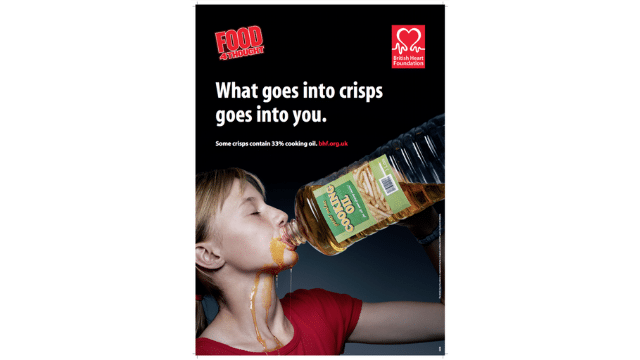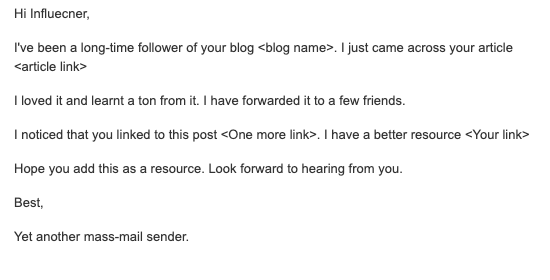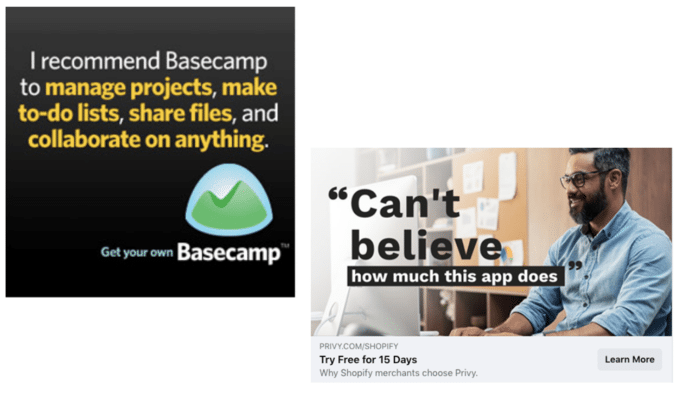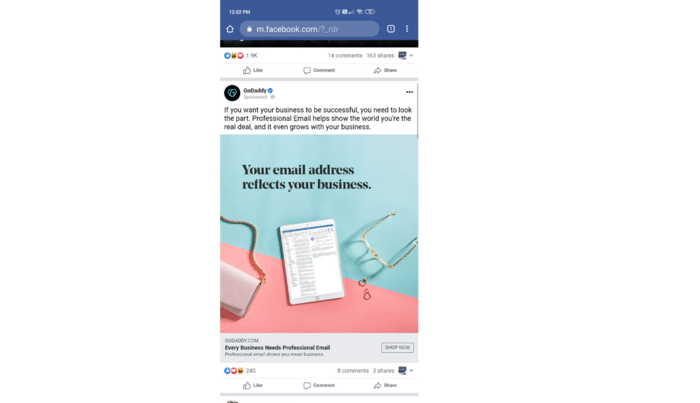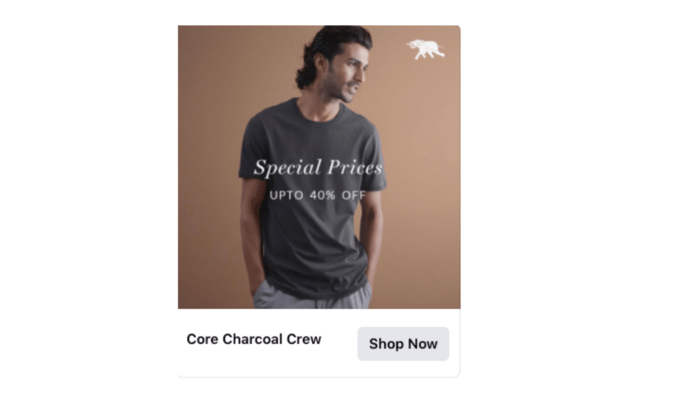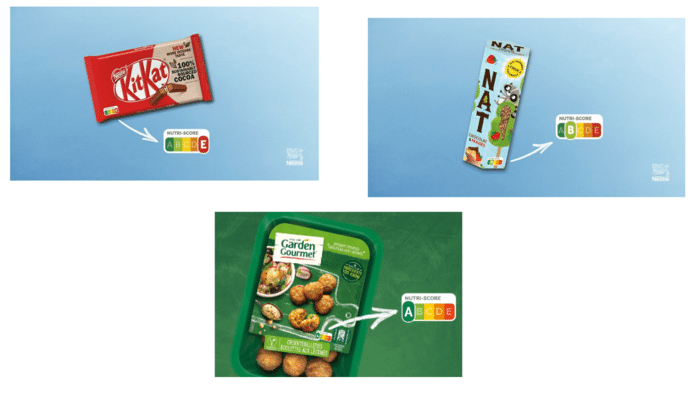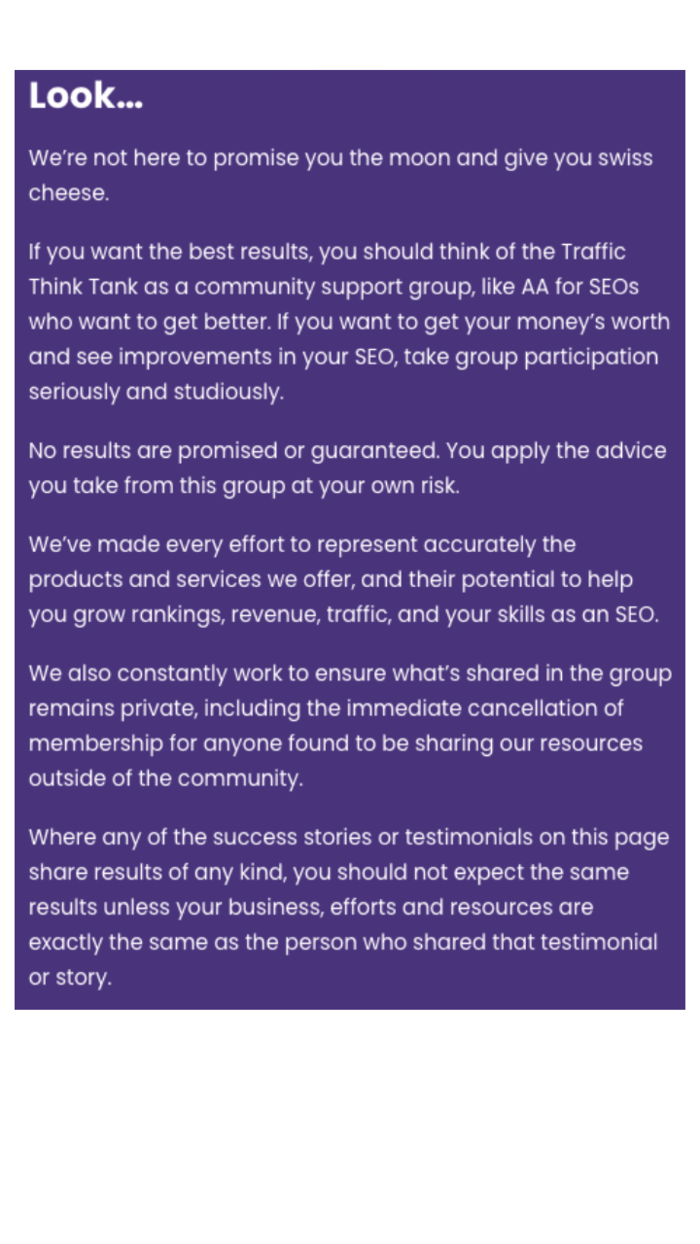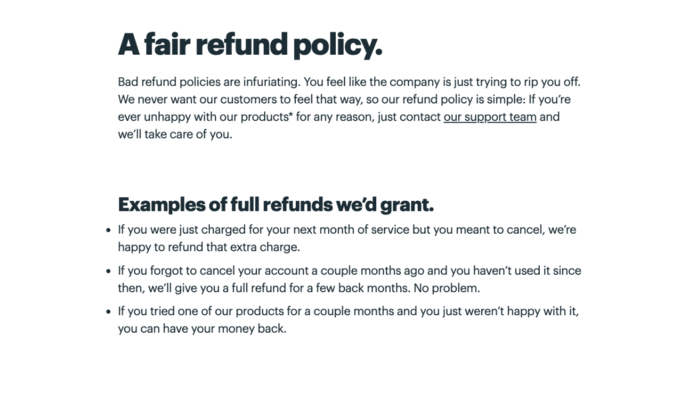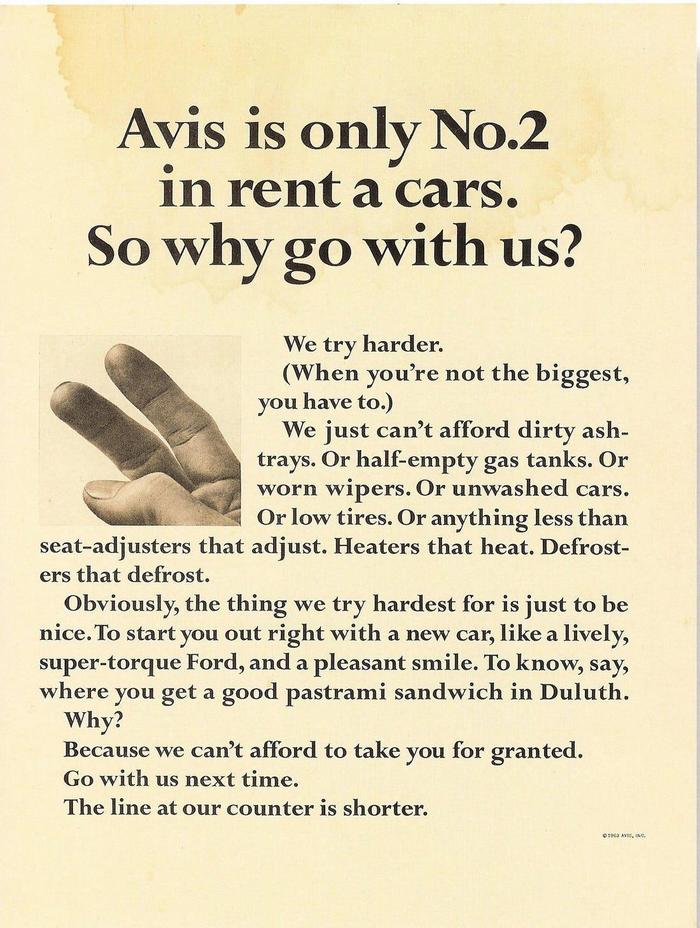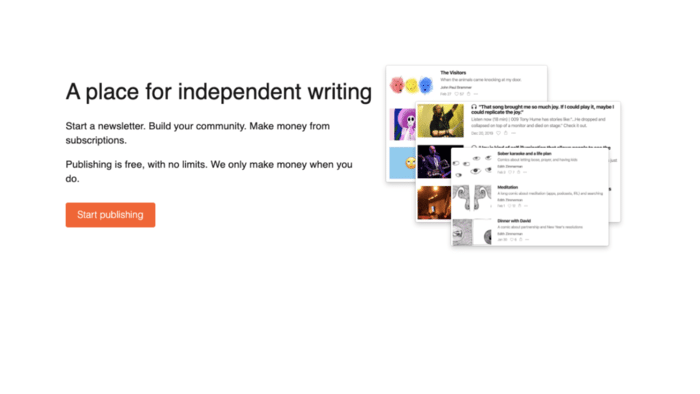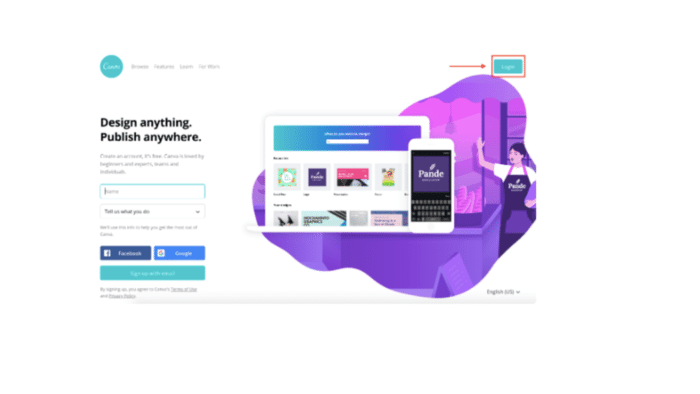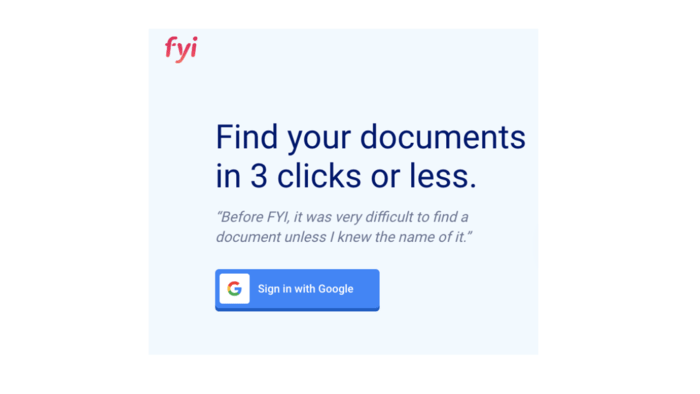Selling the Scare? Here’s 4 Things to be Mindful.
It was a fuzzy afternoon. I was reading an article on productivity, and tweeted about it (oh! the irony). Then a casual browse in my Facebook feed, I purchased something.
The ad that made me buy
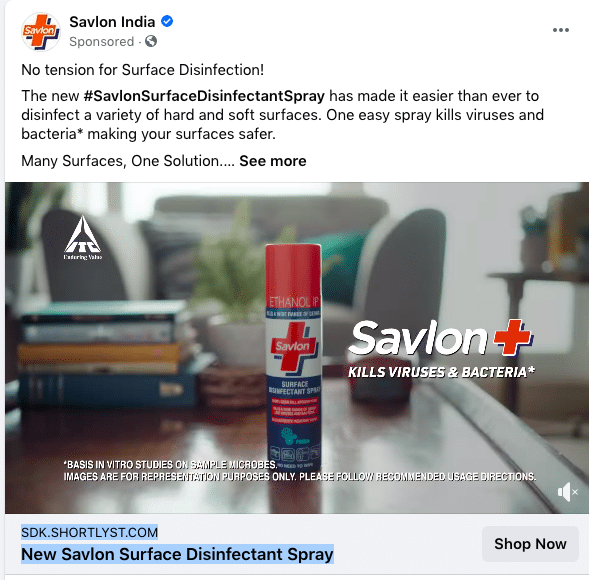
A sprayable disinfectant- The one that would kill “99.99%” bacterias on surfaces.
I purchased out of the fear of contracting an unknown infection.
Fear causes stress. And stress induces a reaction. Often a purchase.
I observed others ads that used fear to sell, and noticed a pattern.
- A widely-acknowledged fear (surface infection because of COVID)
- A very specific solution to the threat (Sprayable)
- The prospect perceives that it’s the solution (I knew Savlon as a disinfectant)
- The prospect believes that he or she can solve it themselves (It was a video ad)
So, next time you give a stick see if you satisfy these 4 aspects :)
